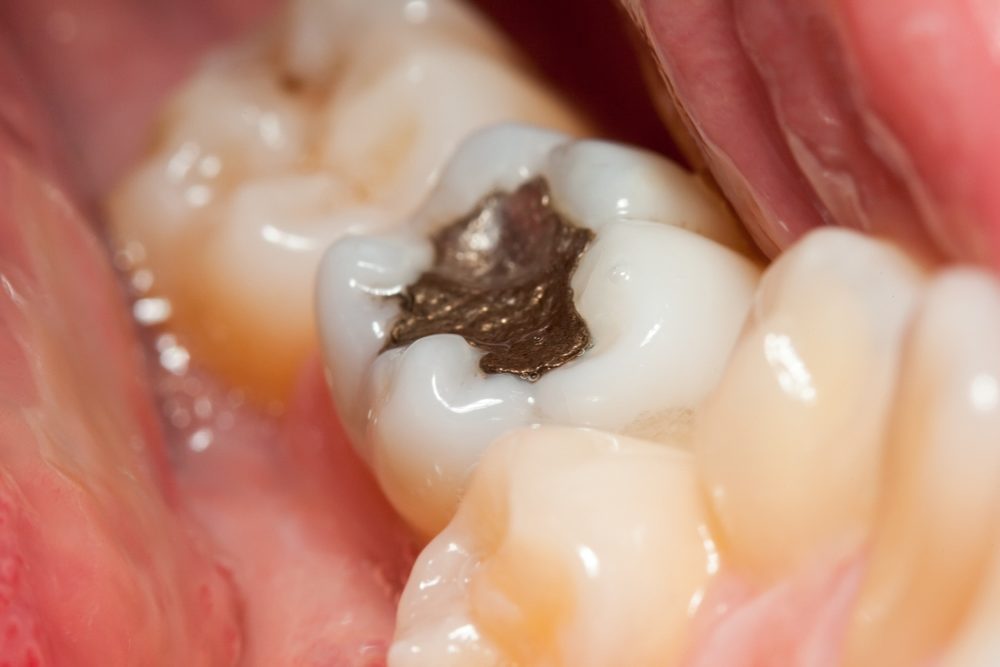EPA Rule Targets Mercury Pollution in Wastewaters from Dental Amalgam

Amid concerns about the risk of wastewater contamination from mercury dental fillings, federal environmental regulators have issued new rules calling for dental offices to take steps to remove residue from dental amalgam before disposing of wastewater.
The final rule was issued by the Environmental Protection Agency (EPA) last week, changing mercury regulations so the chemical is no longer regulated as an industrial release of pollution.
The new rule calls on dental offices to install amalgam separators to remove mercury and other metals from dental wastewater. This requires dentists to make sure they don’t flush customer water, tainted with mercury and other metals.

Did You Know?
Millions of Philips CPAP Machines Recalled
Philips DreamStation, CPAP and BiPAP machines sold in recent years may pose a risk of cancer, lung damage and other injuries.
Learn MoreAmalgam separators are devices installed in dental offices designed to remove mercury from dental wastewater. Concentrated mercury, used in amalgam dental fillings, is easier to remove from wastewater when it is in that form. Once it becomes diluted, it is more difficult and costly to remove.
The new ruling, issued under the Clean Water Act, calls on reducing the mercury that makes its way through municipal sewage treatment plants.
Mercury from amalgam fillings removed in dental offices is the main source of mercury discharge in sewage treatment plants released into the environment. Using amalgam separators helps to remove mercury from the environment. Mercury removed from amalgam fillings can be recycled instead of being released into the environment.
Mercury is a strong neurotoxin that bioaccumulates in fish and shellfish. Mercury pollution is widespread and a global concern. At high levels, mercury can cause serious side effects to the brain, heart, kidneys, lungs and immune system.
A recent study published in October concluded dental fillings expose patients to high levels of mercury. The study indicated people with eight or more dental fillings have 150 percent more mercury in their blood. About a quarter of all American’s have more than 11 fillings.
The EPA is calling the new ruling a “common sense step” to help prevent mercury from becoming a hazard to humans after being released into the environment.
As part of the new ruling, the EPA is also calling on dental offices to refrain from flushing dental filling material down drains and to clean water lines using oxidizing cleaners. These steps were voluntary “best management practices” recommended by the American Dental Association, but are now mandatory under the new regulation.
The EPA indicated the new rule will annually reduce the discharge of mercury by 5.1 tons. It will also reduce 5.3 tons of other metals found in wastewater.
The ruling also calls for a reduction and streamlining of oversight and reporting requirements in the EPA’s regulations. The ruling does not call for wastewater treatment facilities to monitor and report on dental offices under EPA jurisdiction, that includes more than 100,000 dental offices. Instead, the new rule only requires a one-time certification that indicates the amalgam separator was installed in the dental office.
The final rule will become effective in the next 30 days, but the dental office compliance date is scheduled for the end of 2019.
Get more articles like this sent directly to your inbox.
"*" indicates required fields






0 Comments